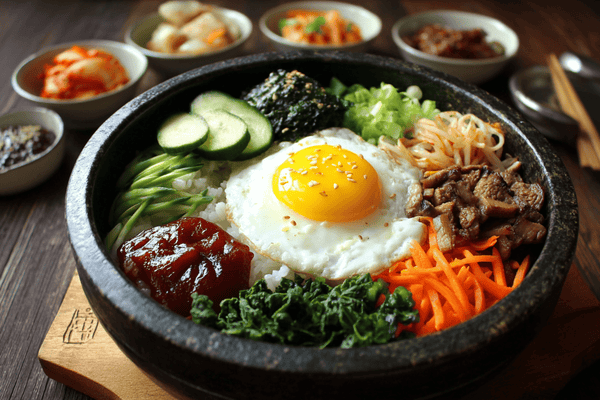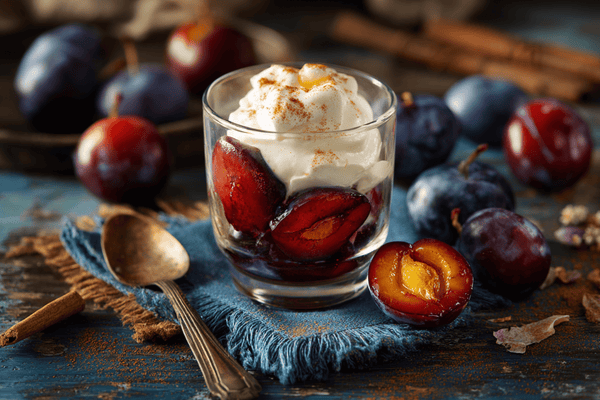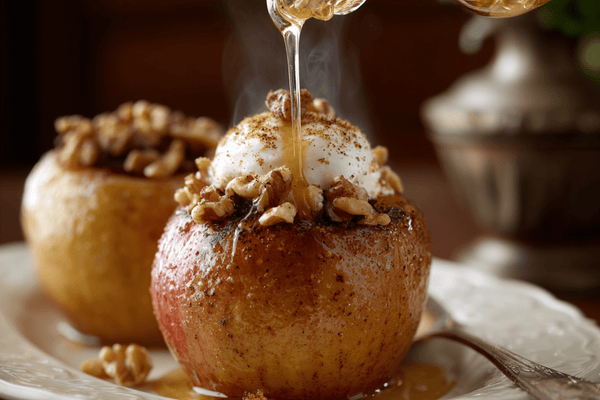
If you’re a keen chef then there are some things that you cannot live without in the kitchen. A good set of high quality knives is one of them but there are a lot of sets to choose from and this can make things a little more challenging.
When shopping for knife sets, there are quite a few things you’ll need to consider. Some people may find a particular set to be incredibly useful while others find the same set does nothing for them. It all depends on what you like, how you’ll use the knives and many other factors.
If you have been looking for the best knife sets for the kitchen then you’re in the right place. This guide tells you everything you need to know and more about choosing the right knife set for you.
Table of contents
Why Do I Need a Knife Set for the Kitchen?
There is a lot of information out on the internet at the moment telling you that you don’t need to buy a knife set. There are times that you could get away with not buying an entire set and just buying individual knives. This is a good idea if you don’t have versatile needs in the kitchen and while you might get a lot of use out of a paring knife, you’d rarely use a boning knife.
However, if you are someone that likes to experiment in the kitchen and will require an arsenal of tools to achieve new things then a knife set is a must have. These sets contain various types of knives, all of which are designed to do different jobs. Having so many utensils at your disposal means that you won’t ever be left unable to perform a specific type of task.
What Are the Best Knife Sets for the Kitchen?
Simply performing a Google search for the best knife sets for the kitchen will yield a staggering number of results. But who really has the time to go through all of these? That’s why we have put together a list of some of the best knife sets available at the moment. We’ve looked at various features and carefully reviewed each knife ensuring that we only introduce you to the very best quality.
Kaori Hezhen

We love these super high quality Japanese kitchen knives that are not only beautifully crafted and will look perfect in any kitchen, but also perform beyond your wildest dreams. There are six knives in total including some of the most versatile like the paring knife and the santoku knife.
The Koari Hezhen knives are made from VG10 high carbon steel which is incredibly resilient and is perfectly able to retain its edge. You’ll get precision cutting no matter what you’re doing. Even better, you could use these knives every day for months without having to get the whetstone out.
The knives come with a beautiful Damascus steel pattern which really makes them stand out. They also come with a magnetic knife block to keep them safe in between uses.
Kiyoshi-Kyokuto

The Kiyoshi-Kyokuto Japanese knife set is made up of 10 knives which is great if you have more versatile kitchen needs. You get all of the most frequently used knives as well as a boning knife which is fantastic if you work with meat a lot. While this is the most pricey option on this list, it’s going to cover every kitchen need.
We also love that this knife set is so comfortable to use allowing you to practice your knife skills with ease. The perfectly shaped ebony handles are beautifully well made and feel incredible in the hands. It’s the perfect balance between aesthetics and performance. Plus, thanks to the full tang, they’re wonderfully secure.
One of the best things about these knives, however, is how sharp they are. Made from AUS10 high carbon steel, they’ll retain that cutting edge for much longer and since this is a very durable type of steel, you won’t need to worry about having to replace the knives.
Itsuki

When it comes to buying a knife set, you don’t always have to stick to buying knives that are used for prepping your food. When it comes to tucking in, you’re going to need reliable cutlery and that’s why we recommend the Itsuki steak knives.
This set of six knives boasts a 67 layer design that’s super sharp, super durable and super long lasting. The VG10 steel keeps its edge for a long time, provided you take good care of the blades. They’re rust resistant and feature ergonomically designed handles for ultimate user comfort. What’s more, the handles come in a range of beautiful colours so if you’re looking for an eye-catching knife set, that’s exactly what you’ll get.
How Do I Choose a Knife Set?
You could be tempted to just hit ‘buy now’ on the first knife set you stumble upon but let us warn you that this would be a big mistake. You see, different knife sets have different uses and not all of them will include all the blades you need. What’s more, you have to think about the quality of the knives as the last thing you want is to buy something inferior only to have to fork out again down the line. Before you commit to anything, take a look at our top knife set buying tips.
How Many Knives Do I Need?
When you buy a knife set, you will notice that they come in different sizes; meaning some may just have four knives while others might have fourteen! There is very little point in buying a large set of knives if you’re only going to use a small handful of them. It’s simply a waste of money.
That said, it’s also very important to look at the types of knives that are included in the set. If you buy a set of three knives that includes a chef’s knife, a utility knife and a bread knife, for example, you’ve pretty much got everything you need for the basic kitchen, especially the chef's knife. But those with more versatile needs may require more. In any case, here are some of the most common kitchen knives and what you’ll use them for.
● Chef knife - this is one of the most versatile kitchen knives out there and features a long blade that can be anywhere between 15cm and 36cm. These multi purpose knives are great for cutting meat, fruit, vegetables and even things like breaking into shellfish.
● Santoku knife - this Japanese style knife is similar to a chef’s knife in terms of how you’ll use it. It’s pretty much just as versatile. But there is a massive difference in the appearance of these knives in that a santoku knife has a rounded tip whereas the chef’s knife has a pointed tip. While santoku knives do hail from Japan, you’ll see them in almost every western knife set.
● Paring knife -- the paring knife is one of the smallest in the knife set but it’s also one that you’ll use very often. These knives are usually between 7cm and 11cm and are used for peeling, coring and finer slicing jobs. You can also get serrated paring knives which are great for cutting soft foods like tomatoes.
● Utility knife - many people compare the utility knife to the chef’s knife, just on a smaller scale. This is because they’re just as versatile but are better for more intricate work and typically only measure up to 15cm.
● Carving knife - a carving knife has a long, thin blade and is used for slicing poultry and joints of meat.
● Bread knife - the bread knife is a serrated knife, and has a long round tipped serrated blade that is perfectly designed for cutting bread and other baked goods. A serrated bread knife is also really useful when it comes to cutting things like pineapples and are typically a lot safer than a santoku or chef’s knife for this.

Japanese vs Western Knives
One of the things that most people have to think about when buying any type of knife, whether that’s a set or a single knife, is should you choose a Japanese or western knife set? At the end of the day, all the knives will do a good job at cutting, slicing, chopping, mincing and dicing. But there are key differences between the two and it’s worth understanding these as it can help you to make a better choice.
● Japanese knives tend to be much more lightweight which can give you greater control and agility when using them.
● Western knives are normally heavier which is great if you need something that’s more forceful or will apply more pressure.
● Japanese knives are made with harder steel. This means that they retain their edge a lot better but they are more brittle.
● Western knives are made with softer steel and so are seen as much more durable. However, you will need to sharpen them more often as this type of steel will dull more quickly.
● The sharpening angle on a Japanese knife is usually much higher than a western knife. Where you might sharpen a Japanese gyuto knife to 45 degrees, the western equivalent, the chef’s knife would only need to be sharpened to 20 degrees.
● Western knives are normally double bevel while Japanese knives are usually single bevel. This makes Japanese knives typically sharper and more precise.
There are a lot of other differences between these two types of knives but for a full rundown on these, please check out our guide.
Handle Quality

Your knife’s handle is just as important as the blade but many people overlook this as it’s not the ‘business end’ of things. However, if the handle isn’t secure, strong and comfortable it can totally ruin your experience of using the knife.
It’s usually best to go for knives with a full tang. This is an extension of the blade that runs through the handle. Full tang knives are much more secure and durable.
You’ll also want to think about the shape of the handle. Some knives have an ornate handle design that, while it’s very beautiful, isn’t ergonomically designed so is not easy to hold and doesn’t feel comfortable.
The material from which the handle is made is another important consideration. Some handles are made from wood which gives them a beautiful aesthetic. But do keep in mind that they require more maintenance and you must be careful not to get them wet or leave them soaking in water as this can damage the wood. Plastic or composite handles are great because you get excellent durability and many manufacturers can replicate the appearance of wood.
Type of Steel

Knives are made from steel but there are different types. High carbon steel is usually reserved for Japanese blades. This is a hard and extremely durable material but you should keep in mind that it can develop a patina over time which could make it more prone to corrosion.
On the other hand, there are lots of stainless steel blades, usually western knives, that are hard wearing and strong. However, unlike carbon steel, stainless steel knives don’t hold their edge for quite as long so will need to be sharpened more often.
Some knives are advertised as Damascus steel but this won’t be authentic Damascus steel as this is no longer produced. The ‘recipe’ for producing Damascus steel was lost many years ago. What we have now is a replica Damascus steel that’s largely used for aesthetic purposes only.
Storage

When you buy a knife set, it will often come with some kind of storage. Most commonly, a knife set will come with a block. These are good as they allow you to keep your knife set on the countertop where it’s close to hand.
However, we would urge you to only ever buy knife blocks made from wood as this is far less damaging to the blades. Imagine running your blades through a plastic knife block and how quickly that will dull them.
Magnetic knife strips are another great option for keeping your knives right where you need them. They’re also a good choice for families with young children as you can place them higher up where little hands can’t reach. Moreover, there’s hardly any chance of them dulling the knives.
Some knives come with sheaths which are individual covers for each knife. These are ideal if you want to store the knives in a drawer as the sheath will protect the blade from knocking against anything else and will also protect your hands when feeling around inside the drawer. Again, it’s best to avoid plastic sheaths and opt for something much gentler like leather.
Final Thoughts
A good knife set means that you have excellent versatility in the kitchen. But with so many on the market and so many different things to consider, it’s no wonder people keep putting off buying a new set. Our guide on the best knife sets for the kitchen tells you everything you need to know to choose a knife set that will serve you for years to come.



